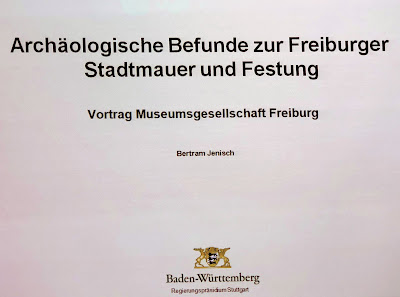 |
| ... and early to rise (©NDR/Extra3) |
*I like that French word. Whenever something goes wrong in our neighboring country, there will be a rassemblement du peuple.
Officially the left movement will be launched on September 4, but thanks to the bid for supporters on their website, their number has already surpassed the 85.000 mark.
When presenting her movement, Sahra said, "Our goal is, of course, other majorities in the Bundestag, resulting in a new government with a social agenda." This sounds like "Bernie Sanders heavy," while his light version of socialism is already indigestible for most Americans. Mind you, in nearly all European countries, free education and Medicare for all are no longer an issue.
Sahra's party Die Linke is not amused and sees its chances dashed. But Sahra declared, "We want something new: not a party, but a movement for all those who want a common fight for our goals. The parties of the left-liberal spectrum, the Social Democrats, the Greens, and the Left, have not succeeded in forging a reliable alliance bringing about a change of government in Germany with a different political concept."
Populism left and light? So far, only right populism is rising worldwide following POTUS the master. His epigones are Orban in Hungary, Zeman in the Czech Republic, Duda in Poland, Erdogan in Turkey, Conte in Italy, and last but not least, Macron in France.
Already before the official start of Sahra's populist rassemblement, cabaret artists are mocking.
 |
| What an ingenious pun (©NDR/Extra3) |





























